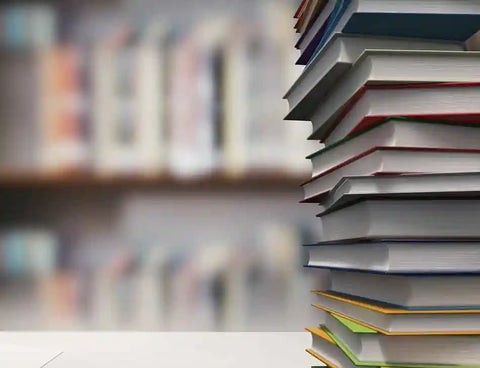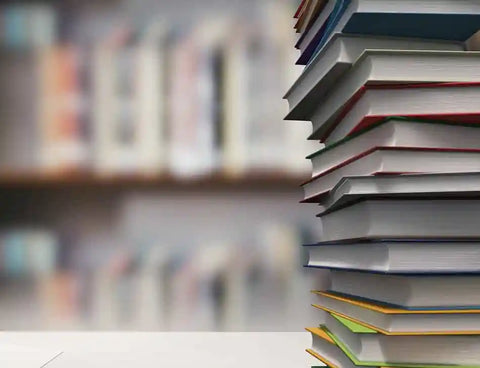Footnotes and Endnotes for Adding Extra Material to a Thesis or Dissertation
If you are using an author–date or numerical documentation system rather than footnotes or endnotes for providing references in your thesis, you may nonetheless want to make use of footnotes or endnotes to include supplementary material. If so, keep in mind that any footnotes or endnotes you use should not be used primarily or solely for providing references. This does not mean, however, that citations cannot be included in such notes. On the contrary, footnotes and endnotes should be treated like any other part of the thesis and provided with the same kind of in-text references, so a note in a thesis using an author–date documentation system might take this form:
1 The problem has been explored many times with strikingly different results, but particularly relevant to my work here is the fact that the same trend was revealed in the most recent study of the problem (Brockle, 2014).
On the other hand, if a numerical system of referencing is used in a thesis, the same note would take this form:
1 The problem has been explored many times with strikingly different results, but particularly relevant to my work here is the fact that the same trend was revealed in the most recent study of the problem.(7)
However, when notes are included in a thesis that uses either an author–date or numerical system of documentation, those notes have to do more than simply provide references: they must also add additional information to the thesis. This information might include further details and explanations of various kinds, additional supporting or conflicting evidence, translations and variant readings, alternative approaches and theories, suggestive interpretations and the like. Such notes might therefore be quite complex, as the following example using author–date references demonstrates, but it is always essential to maintain precision and consistency in recording citations, and to write each note in clear, correct and complete sentences:
2 On entertainments in the prior’s hall, see Lancashire (1982) 92 entry 425. Other evidence of players paid by and associated with the abbey is discussed in McMurray Gibson (1989) 124, including a 1520 note of payment to ‘men who came with a camel, by the prior’s order.’ On Lydgate’s public dramatic works, see Nolan (2005), Schirmer and Keep (1952) 100-108 and 136-143, and Pearsall (1970) 183-188, who notes how all the surviving mummings (written between 1424 and 1430) are found in MSS associated with Shirley (184). Lydgate was still writing dramatic pageants in his old age in 1445, when he wrote the royal entry for Margaret of Anjou, Henry VI’s new queen: see McMurray Gibson (1981) 82-84. See also Fig.15 for a stanza from Lydgate’s Pageant of Knowledge.
Why Our Editing and Proofreading Services?
At Proof-Reading-Service.com we offer the highest quality journal article editing, dissertation proofreading and online proofreading services via our large and extremely dedicated team of academic and scientific professionals. All of our proofreaders are native speakers of English who have earned their own postgraduate degrees, and their areas of specialisation cover such a wide range of disciplines that we are able to help our international clientele with research editing to improve and perfect all kinds of academic manuscripts for successful publication. Many of the carefully trained members of our manuscript editing and proofreading team work predominantly on articles intended for publication in scholarly journals, applying painstaking journal editing standards to ensure that the references and formatting used in each paper are in conformity with the journal’s instructions for authors and to correct any grammar, spelling, punctuation or simple typing errors. In this way, we enable our clients to report their research in the clear and accurate ways required to impress acquisitions proofreaders and achieve publication.
Our scientific proofreading services for the authors of a wide variety of scientific journal papers are especially popular, but we also offer manuscript proofreading services and have the experience and expertise to proofread and edit manuscripts in all scholarly disciplines, as well as beyond them. We have team members who specialise in medical proofreading services, and some of our experts dedicate their time exclusively to dissertation proofreading and manuscript proofreading, offering academics the opportunity to improve their use of formatting and language through the most exacting PhD thesis editing and journal article proofreading practices. Whether you are preparing a conference paper for presentation, polishing a progress report to share with colleagues, or facing the daunting task of editing and perfecting any kind of scholarly document for publication, a qualified member of our professional team can provide invaluable assistance and give you greater confidence in your written work.
If you are in the process of preparing an article for an academic or scientific journal, or planning one for the near future, you may well be interested in a new book, Guide to Journal Publication, which is available on our Tips and Advice on Publishing Research in Journals website.








